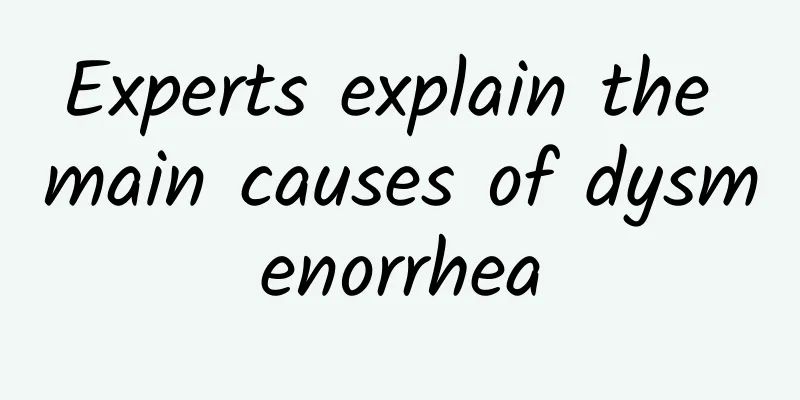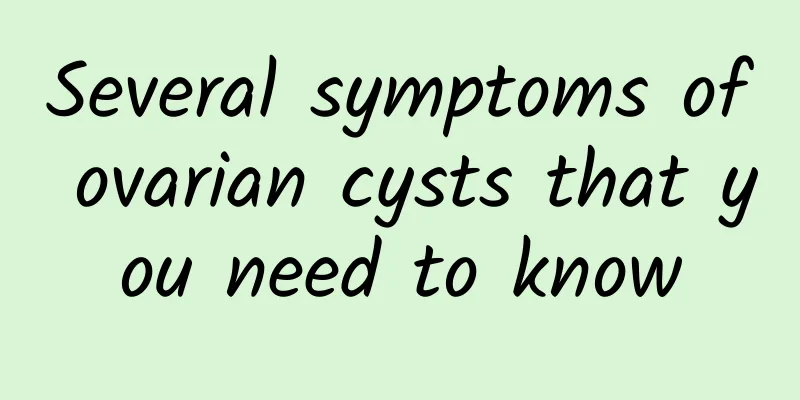Trick or treat! 6.5 lollipops, the calories are equal to 1 bowl of rice

|
Halloween is coming, are you ready to follow the trend of "trick or treat"? The National Health Administration reminds that one small lollipop contains more than 40 calories, and eating 6.5 lollipops in a row is equivalent to eating an extra bowl of rice. Long-term excessive sugar intake in children will not only make them fat, but also easily lead to excessive insulin secretion, increasing the risk of chronic diseases in the future. Small sweet candies are high in sugar and calories According to the National Health Administration's "National Nutritional Health Changes Survey" from 2013 to 2015, 59.7% of children aged 3 to 6, 47.4% of children aged 7 to 9, and 42.7% of children aged 10 to 12 consume candy at least once a week; among them, children aged 3 to 6 consume it an average of 4 times a week, and children aged 7 to 9 and 10 to 12 consume it an average of more than 3 times a week. The candies and snacks available on the market are small in size and low in nutritional value, but they contain the risk of high sugar and high calories. If consumed in excess, they can not only easily cause health problems that affect children's development, such as obesity, metabolic syndrome, and dental caries, but can also easily lead to excessive insulin secretion, increasing the risk of chronic diseases in the future. 6.5 calories in lollipops = 1 bowl of rice! 2 Tips for Healthy Candy Eating on Halloween The coming Halloween is a festival when children can openly ask for candy, and many parents and guardians have already prepared colorful candy snacks. However, the National Health and Family Planning Commission stated that the calories in every 6.5 grape-flavored lollipops, 12 toffees, 14 root candies, chocolate marshmallows, 10.4 football-flavored chocolates, 14.4 or 10.9 agar-agar konjac jellies are equivalent to a bowl of rice. If you ignore the calories in candy snacks because the portion size is small, and eat one bite after another, you may accidentally consume too much. To help children welcome Halloween in good health, the National Health and Family Planning Commission reminds parents to pay attention to the two major principles of "dividing food into smaller portions" and "substituting with fruits and nuts." 1. Share and reduce intake: Eating too much candy can easily affect children's appetite for regular meals, leading to insufficient nutrient intake. It is recommended that parents and teachers pay attention to the amount and time of candy intake by children, or buy small packages and share with other friends to avoid excessive calorie intake. 2. Fruit and nut alternatives: Choose seasonal fruits such as persimmon, papaya, citrus, or unflavored nuts to replace candy. Oranges and red fruits are rich in vitamin C and beta-carotene, which can improve skin health and help the growth and development of teeth and bones. Nuts are rich in minerals, vitamin E and unsaturated fatty acids, which contribute to normal heart function, anti-oxidation and promote gastrointestinal motility. But be aware that nuts have a high fat content. It is recommended to eat one serving per day (1 tablespoon is approximately 5 cashews, 5 almonds or 10 peanuts). |
Recommend
A 45-year-old woman in Shaanxi was diagnosed with breast cancer. She often ran and exercised before her death. The doctor said: This incident has caused her great harm
Recently, the news that a 45-year-old Shaanxi wom...
Medical treatments for bacterial vaginosis
If you want to know whether you have bacterial va...
Menstruation came half a month
Menstruation came half a month Half-month menstru...
Abortion is not suitable for everyone
After an unexpected pregnancy, most people will c...
Experts talk about medication techniques for cervical precancerous lesions
It is well known that surgical treatment is the m...
What to do if the cost of treating cervical precancerous lesions is too high
How much does cervical precancer surgery cost? Su...
Common treatment methods for uterine fibroids How to choose the treatment method for uterine fibroids
Uterine fibroids are a gynecological disease that...
Is menopause related to Alzheimer's syndrome?
There is indeed a certain correlation between men...
What should I do if I have irregular menstruation?
It depends on the specific cause of irregular men...
Ketogenic diet without rice, accidentally stepping on a health landmine? Be careful of kidney qi rushing up, causing dizziness, fatigue, and headaches
Master Zi Lin Zhai, who once cured people's a...
Don’t want to gain weight during Mid-Autumn Festival? Nutritionist teaches you how to make low-calorie dragon fruit mooncakes
Mid-Autumn Festival is a festival for family reun...
What should I do if there are no problems with the menstrual ultrasounds twice a month?
What should I do if there are no problems with th...
Introduction to four common misunderstandings about dysmenorrhea
It is understood that there are some common misun...
Eating meat this way is healthy, fast, slimming and energetic!
We already know the theory that we don't need...
What is uterine fibroids? Tell me what is wrong with uterine fibroids
What is uterine fibroids? Tell me what is wrong w...









